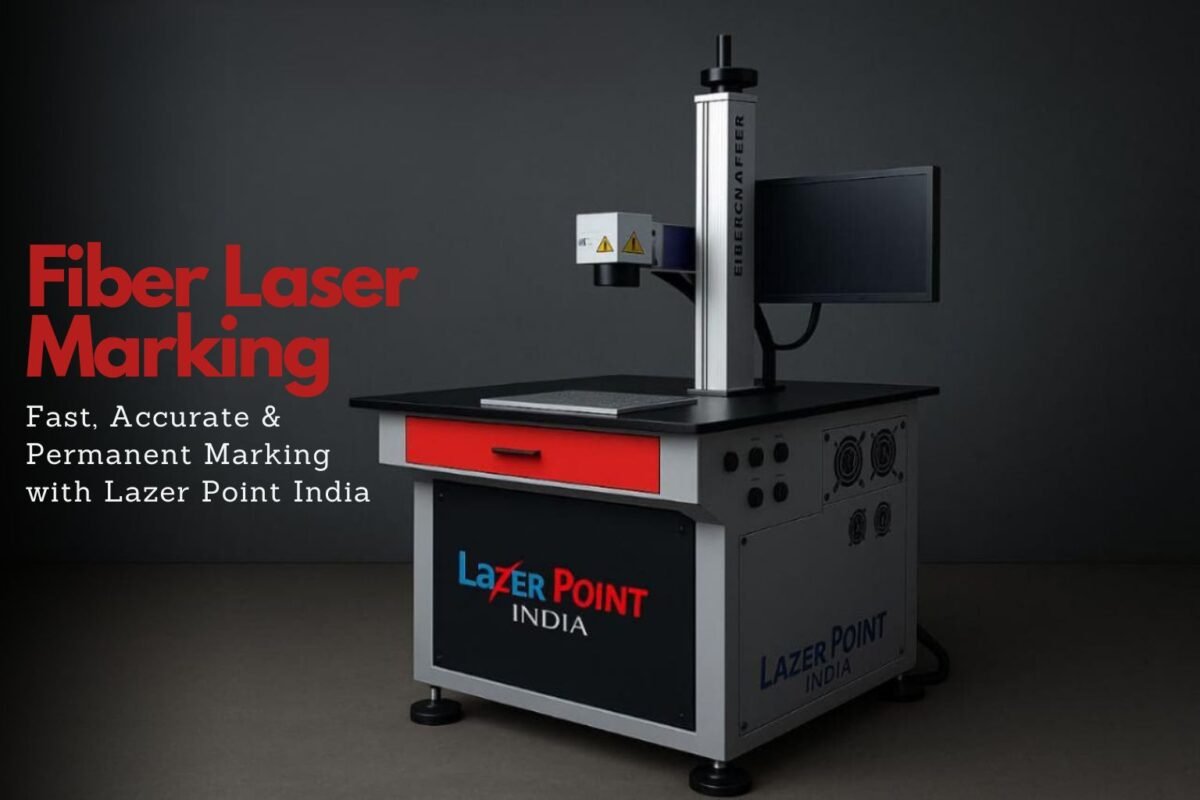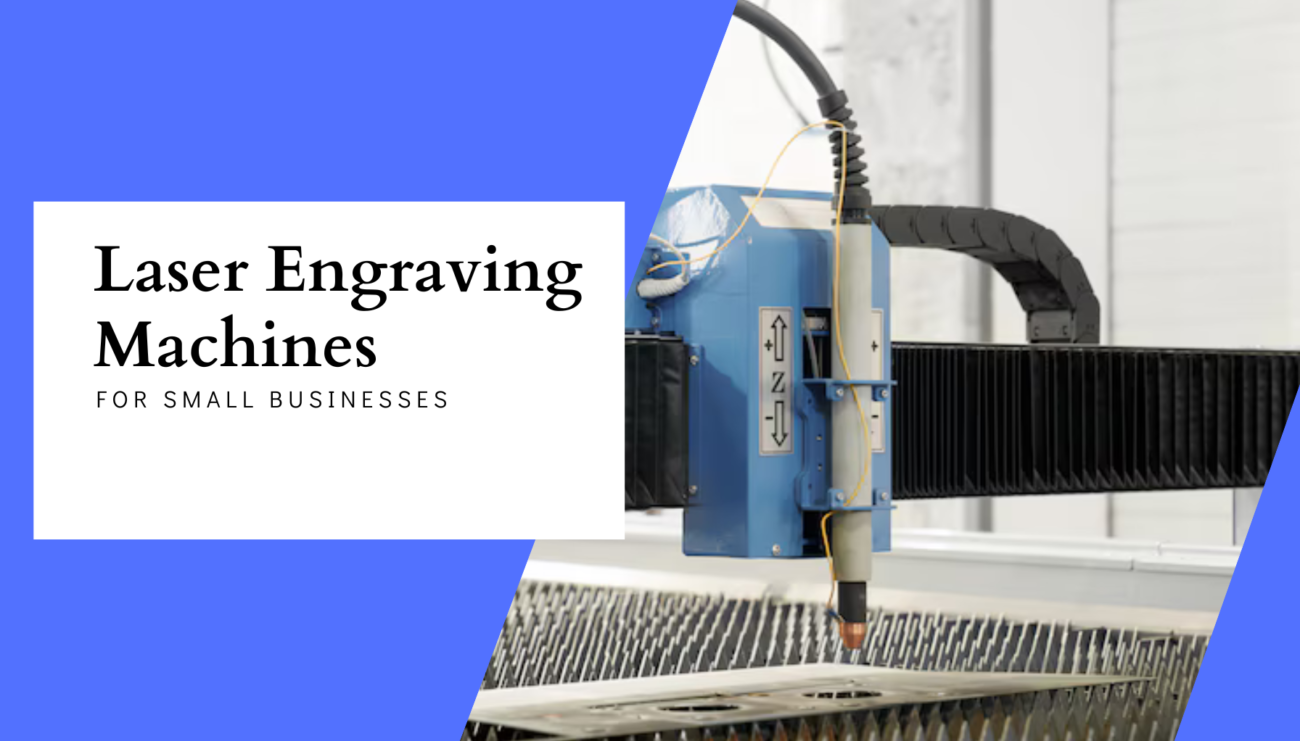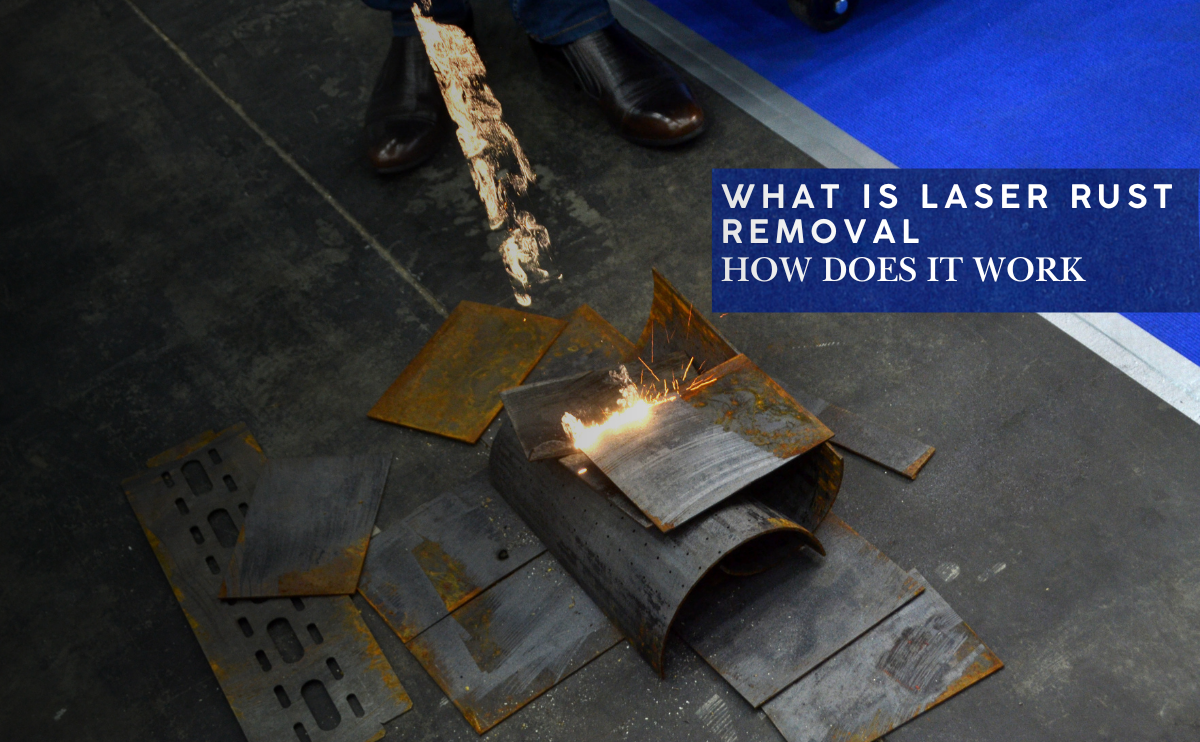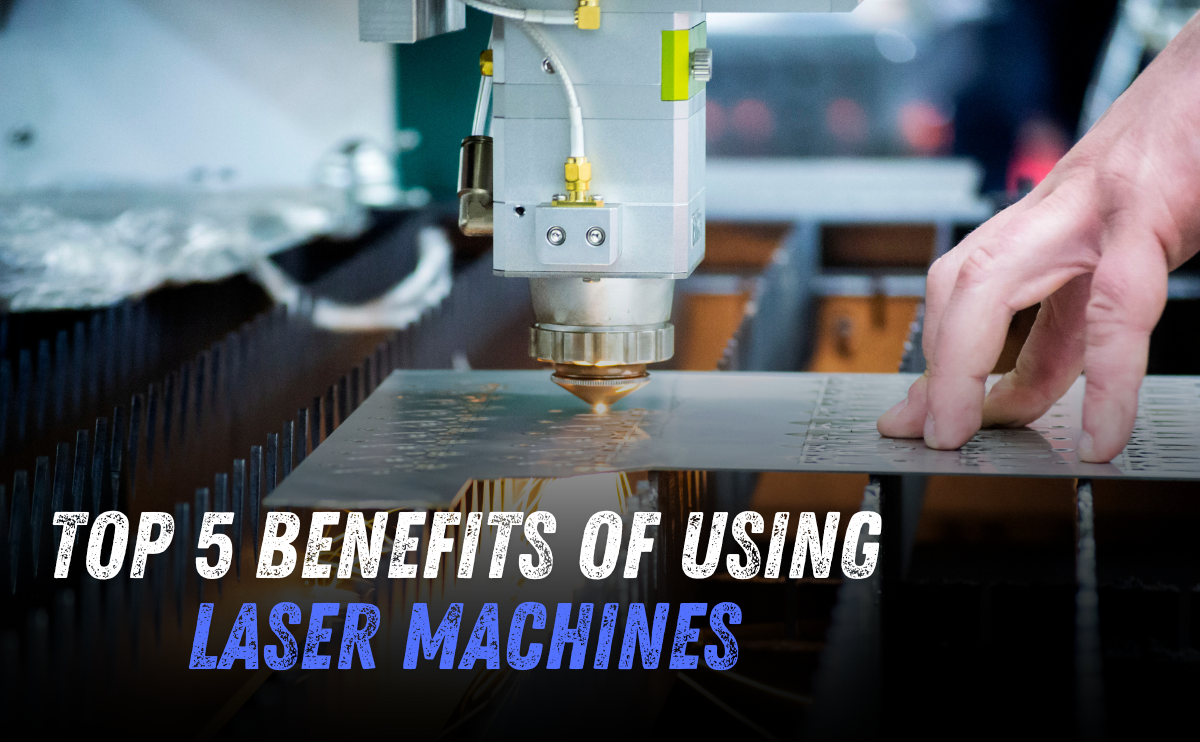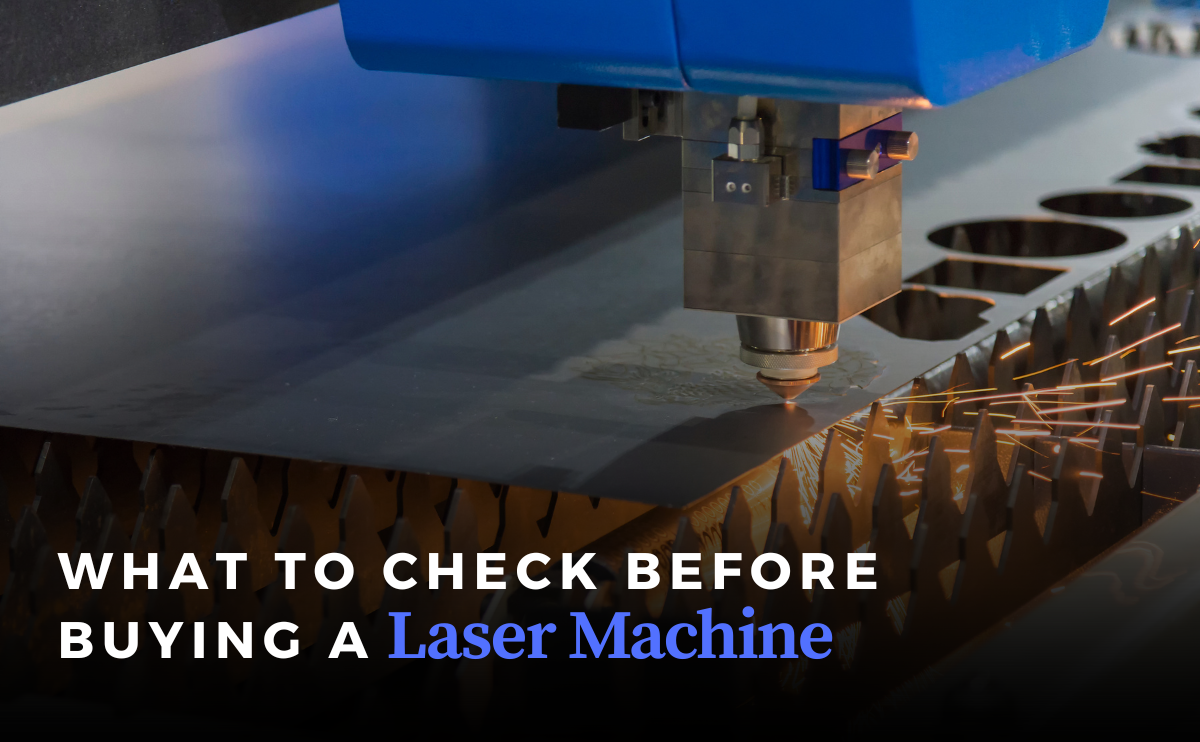Introduction:
When it comes to laser marking and engraving, selecting the appropriate technology is crucial for achieving optimal results. At Lazer Point India, we offer both Fiber and CO₂ laser systems, each tailored to specific applications. Here’s a concise comparison to help you make an informed decision.
Fiber Laser
Marking and engraving metals like stainless steel, aluminum, and brass.
Advantages:
- High Precision & Speed: Ideal for intricate designs and high-speed operations.
- Low Maintenance: Solid-state design reduces the need for frequent upkeep.
- Energy Efficient: Converts more electrical energy into laser output, reducing operational costs.
Considerations:
- Material Limitations: Less effective on non-metals like wood or acrylic.
- Higher Initial Cost: Typically more expensive upfront compared to CO₂ lasers.
CO₂ Lasers
Best For:
Engraving and cutting non-metals such as wood, acrylic, glass, and leather.
Advantages:
- Versatile Material Compatibility: Can process a wide range of non-metal materials.
- Cost-Effective: Generally more affordable than fiber lasers.
- Superior Finish on Thicker Materials: Produces smooth edges on materials thicker than 5mm.
Considerations:
- Higher Operating Costs: Requires more power and maintenance.
- Slower Speed on Thin Metals: Not as efficient as fiber lasers for cutting thin metals.
Quick Comparison
| Feature | Fiber Laser | CO₂ Laser |
| Best For | Metals | Non-metals |
| Precision | High | Moderate |
| Speed | Fast | Moderate |
| Energy Efficiency | High | Moderate |
| Maintenance | Low | Higher |
| Initial Cost | Higher | Lower |
| Operating Cost | Lower | Higher |
Conclusion:
- Choose a Fiber Laser if your primary focus is on high-speed, high-precision marking and engraving of metals.
- Opt for a CO₂ Laser if you require versatility across various non-metal materials and are working with thicker substrates



